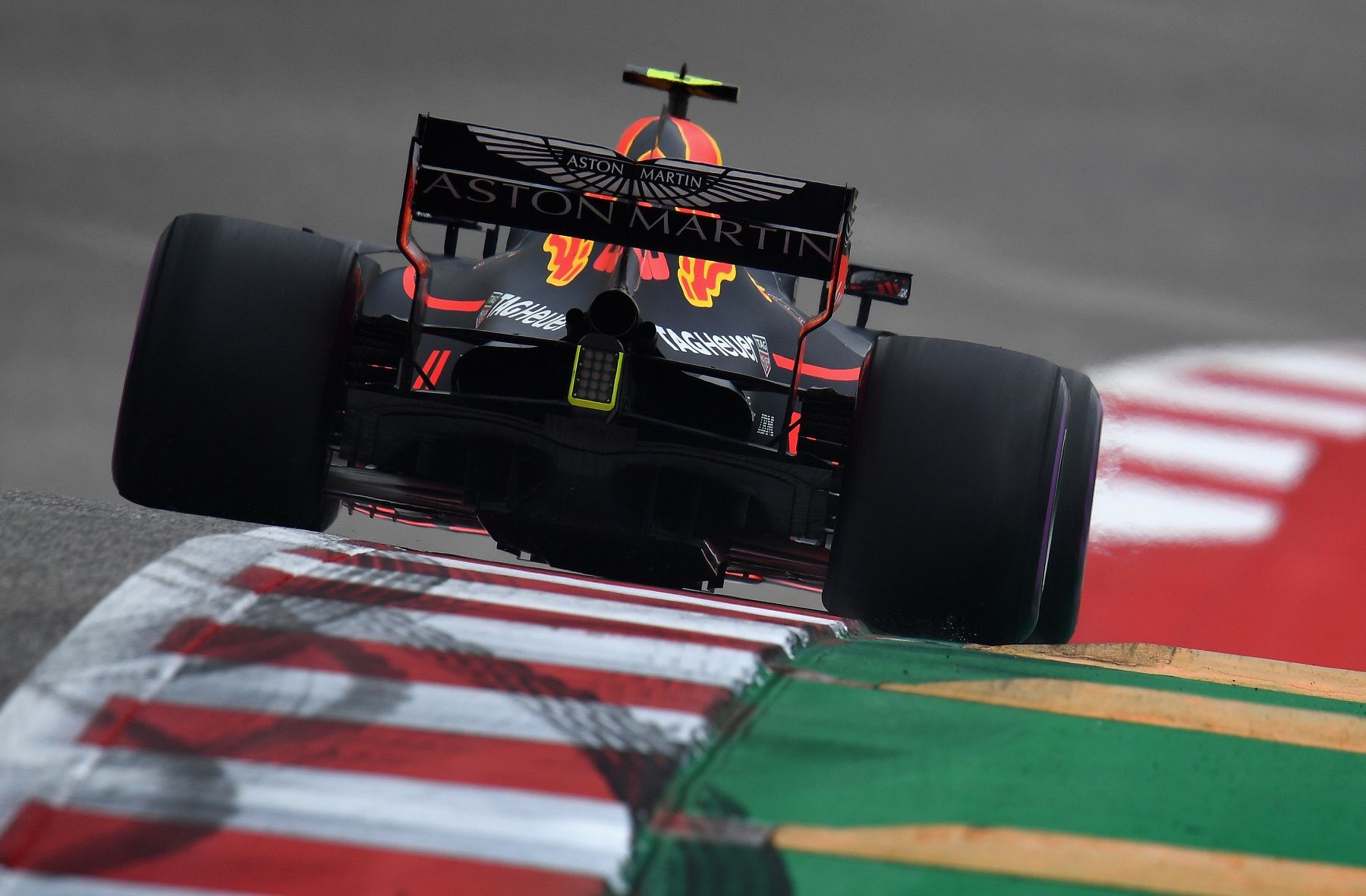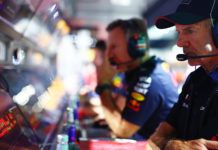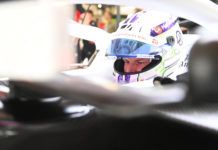F1’s Head of Onboard Cameras, Steve Smith has revealed details of the microphone fitted at the rear of the car near the exhaust and adds on the new helmet camera being worked at.
Following the changes in the regulations with the start of the hybrid era, the noise problem arose with the fans complaining hugely for the sound coming from the V6 Turbo engines which does not throw upon the grunt as the V8 units did.
The idea then floated to use a special microphone near the exhaust from where the noise comes but the FIA and the team at F1 weren’t able to prepare a microphone which would not melt due to the heat from the exhaust plus it had to be waterproof as well.
Smith here explains the special microphone they built to be fitted on the cars which is waterproof and can sustain extreme heats as well. “We have and that’s something we take great pride in; we’ve changed the sound of F1 cars,” he said.
“It’s been a long-held desire of our audio department to have a microphone near the exhaust but they’ve always fallen short due to excessive heat and vibration. We’ve managed to come up with a design that is much more resistant to both of those effects.
“The microphone is mounted close to the exit of the exhaust, so it has to be resistant to heat, but also, as it’s mounted on the outside of the car, it also has to be waterproof. Another issue is wind noise.
“Everybody will be familiar with the high frequency whistling you get on a phone when your walking down a busy street and normally to counteract that sound engineers will usually cover the microphones in a fur cover which reduced the wind noise.
“The microphone is also capable of reducing wind noise and of giving us the most wonderfully authentic, visceral sound of a modern F1 car. Around 120C [heat] is the maximum temperature you want it to take.
“It’s crucial to where you mount it in order to ensure it works reliably. Six inches one way or the other and it can go from 120C to more than 400C. They do fail, however, and that’s just a function of the stresses they are under. They are in the airflow so that helps.
“However, even though we’ve found a solution and we’re happy with that we’re still looking to improve it. We’ve recently come up with a new more aerodynamic design for the cover that is more acceptable to teams, who obviously want to minimise any effect caused by external elements.
“Weight, size, shape; all come into the equation when it comes to installing things on an F1 car. If you place a microphone at the back of the car you have to get a cable to that microphone and if that cable is one or two metres long that adds weight to the car.
“We’ve even come up with a cable design that vastly lowers the weight and reduces the impact on what a team is seeking to do.” Apart from the microphone, another big thing being trialed by F1 is the helmet camera and also the camera on top of the car.
Smith talks of the success of the 360C camera they trialed last year and have installed it on every car this year. The video from that camera onboard Sauber’s Charles Leclerc was key in showcasing how close McLaren’s Fernando Alonso’s car was to Leclerc’s helmet.
For the future, he says a new type of helmet camera is in discussion which they want to put on Alonso for his final grand prix in Abu Dhabi but they are waiting on the FIA’s safety team to give it a green signal.
“We want to introduce it [new helmet camera] but it is a very complex process,” he said. “We have had helmet cameras in the past but they were of a lower picture quality and once the novelty of that had passed we wanted to make sure that it was of the same standard as the other broadcast material.
“Additionally, anything you want to add to a helmet has to be homologated by the FIA. Quite rightly, they are very concerned about safety and to fit anything to a helmet it has to be deemed safe.
“For that reason the FIA have stipulated that the camera must fit inside the helmet. That opens a lot of challenges. For a start it has to be very small, it has be incredibly light but also, if you are powering a camera it is going to get hot and that’s a non-starter on safety grounds.
“There have been some solutions developed but we’re not quite there yet. We’re looking to find a solution as quick as we can, as the idea is to have Fernando Alonso run with a helmet camera in Abu Dhabi, which would quite special.
“We’ve have presented a concept to the FIA and so it is a work in progress. I am sure we will find a solution to make it work and to satisfy the safety requirements of the FIA.” Additionally, he added on another new camera.
“Currently the FIA have a high-speed, high-frame rate camera that is focused on the driver for use in safety research, to see what happens during crashes, and they are moving the position of that camera.
“So we’re going to take that space and place a camera looking back at the driver, which will give us a fantastic new shot. Another change is that when the Halo was introduced this year it obstructed the view of the camera of the side of the chassis.
“We’ve worked with the FIA and with the teams to move that camera up, so that it’s above the Halo. It’s a different shot to the one obtained from the T-shaped camera on top of the camera and it gives you something much closer to a driver’s eye view.
“We tested that most recently on Carlos Sainz’s car last weekend in Austin and we will have that on all the cars next year.”



















